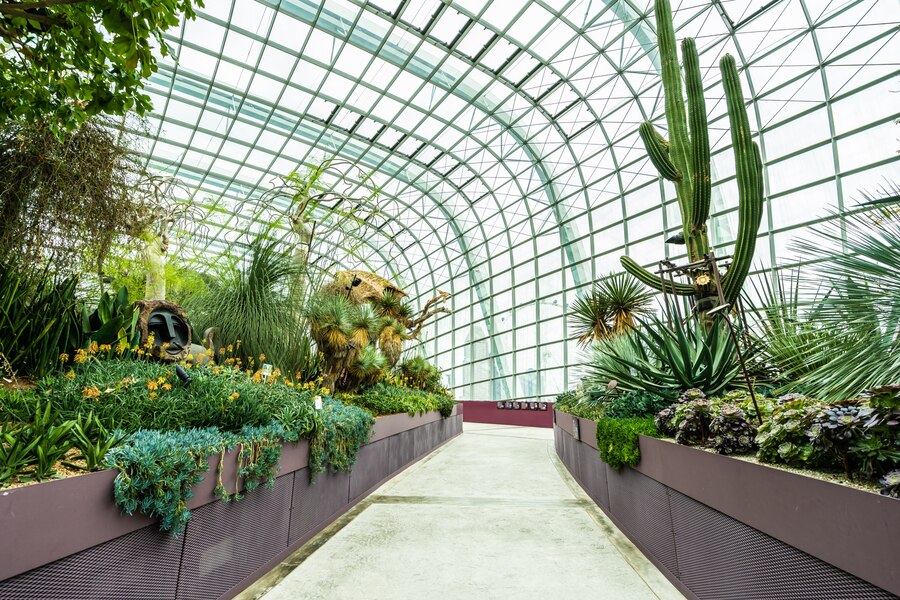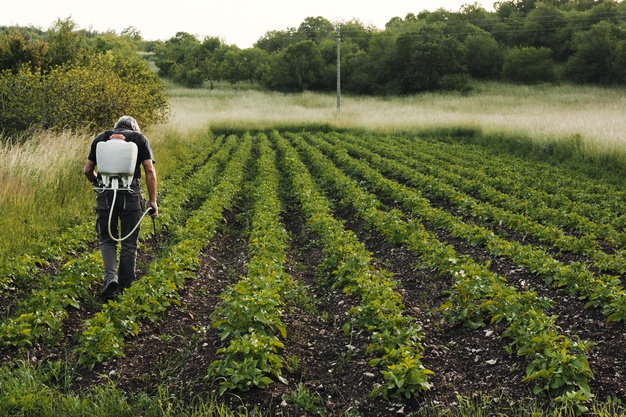The traditional greenhouse is experiencing a remarkable renaissance, spurred by a heightened awareness of global environmental challenges and an amplified call for sustainable solutions. Once considered a distinct and standalone structure, the greenhouse has transcended its conventional boundaries to become a transformative force in contemporary architecture.
The evolution is not merely cosmetic; it is rooted in a paradigm shift toward utilitarian design and the integration of cutting-edge construction materials. The greenhouse architecture plan, once relegated to the periphery of architectural discourse, is now at the forefront of innovative thinking. Architects, in response to the pressing need for sustainability, are pushing the boundaries of what a greenhouse represents and how it can positively impact our lives.
Modern greenhouses are emerging as examples of sustainable architecture, embodying principles that extend beyond mere cultivation spaces. They are evolving into dynamic environments that seamlessly blend nature with technology, challenging the traditional typology. Architects are reimagining the very essence of a greenhouse, exploring ways to integrate these structures into urban landscapes, residential complexes, and public spaces.
The conventional distinction between “greenhouses” and other architectural typologies is fading into irrelevance as these structures take on multifaceted roles. They are no longer confined to agricultural purposes but are becoming integral components of urban planning and sustainable living. The once-isolated greenhouse is now a catalyst for rethinking how architecture interacts with the environment.
These modern greenhouses are designed with a focus on functionality, energy efficiency, and resource sustainability. They incorporate advanced technologies such as smart climate control, renewable energy systems, and innovative water management solutions. By seamlessly integrating nature into the built environment, these structures contribute not only to agricultural productivity but also to the well-being of inhabitants and the overall ecological balance.
As architects continue to challenge preconceived notions and embrace the transformative potential of greenhouses, the boundaries between traditional architectural typologies and these nature-inspired structures blur. The result is a symbiotic relationship between architecture and the environment, where the greenhouse stands as a testament to the limitless possibilities of sustainable design in shaping a more resilient and interconnected future.
Benefits Of Incorporating Greenhouses In Architectural Design
Greenhouses, once confined to the realms of agriculture, are now making a bold foray into architectural designs, serving as dynamic and transformative elements that go beyond mere cultivation spaces. As architects increasingly recognize the multifaceted benefits of incorporating greenhouses into their designs, these structures are becoming integral components of modern architectural landscapes. Here are eight compelling reasons why greenhouses should be embraced as essential elements in architectural designs:
Sustainability At The Core
Greenhouses epitomize sustainable design principles. By harnessing natural elements like sunlight and incorporating eco-friendly technologies, they promote energy efficiency and reduce the environmental impact of buildings. The integration of greenhouses into architectural designs aligns with the growing demand for environmentally conscious structures that minimize resource consumption and contribute to a greener planet.
Biophilic Design For Well-Being
Incorporating greenhouses into architectural designs aligns with the principles of biophilic design, which emphasizes the connection between humans and nature. The presence of greenery within built environments has been linked to improved well-being, reduced stress levels, and enhanced productivity. Greenhouses, with their abundance of plants, provide a direct and immersive experience of nature, fostering a healthier and more enjoyable living or working environment.
Urban Agriculture And Food Security
As urbanization accelerates, greenhouses offer a solution to the challenges of food production in densely populated areas. Integrating greenhouses into architectural designs allows for on-site urban agriculture, promoting local food production and reducing the ecological footprint associated with transporting food over long distances. This contributes to increased food security and resilience in urban communities.
Year-Round Productivity
Greenhouses provide a controlled environment that extends the growing season, enabling year-round cultivation. Incorporating greenhouses into architectural designs ensures a consistent and reliable supply of fresh produce, irrespective of external weather conditions. This sustainable approach to agriculture addresses seasonal limitations and supports a more reliable and continuous food production cycle.
Climate Regulation And Energy Efficiency
Greenhouses serve as natural climate regulators, capturing and utilizing solar energy for plant growth. Integrating greenhouses into architectural designs allows for passive solar heating and cooling, reducing the reliance on artificial heating and air-conditioning systems. This, in turn, enhances the energy efficiency of buildings, lowering operational costs and minimizing their carbon footprint.
Architectural Aesthetics And Innovation
Greenhouses bring a unique aesthetic dimension to architectural designs, blurring the lines between indoor and outdoor spaces. Their transparent structures allow for the play of natural light, creating visually striking and innovative designs. The architectural integration of greenhouses opens up new possibilities for creative expression, challenging traditional notions of building aesthetics.
Community Engagement And Social Spaces
Greenhouses, when incorporated into architectural designs, become communal spaces that foster social interaction. They can serve as gathering places, educational hubs, or even event venues. By providing a shared space centered around nature, greenhouses contribute to community building and engagement, enhancing the social fabric of neighborhoods and urban developments.
Biodiversity And Ecosystem Preservation
Greenhouses, when strategically integrated into architectural designs, can support a diverse range of plant species. This promotes biodiversity and contributes to the preservation of ecosystems. Architects can design greenhouses as interconnected habitats that facilitate the coexistence of various plant species, creating miniature ecosystems that enhance the overall ecological balance.
Conclusion:
The integration of greenhouses into architectural designs represents a paradigm shift towards more sustainable, human-centric, and ecologically responsible built environments. Beyond their traditional agricultural role, greenhouses emerge as transformative elements that enrich architectural aesthetics, contribute to community well-being, and address pressing issues such as food security and climate resilience. Architects embracing these structures in their designs not only create visually compelling spaces but also actively participate in shaping a more sustainable and interconnected future.
In culmination of the architecture and nature, greenhouses emerge as dynamic partners, weaving sustainability, well-being, and innovation into the fabric of built environments. As architects embrace these transformative structures, they embark on a journey to cultivate not just buildings, but thriving ecosystems that harmonize with the planet and nurture the human experience.
Additional:





















